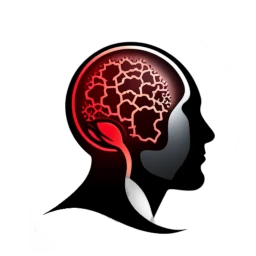Artificial neural networks are one of the most important technologies in the field of artificial intelligence. But what exactly are they, and what are their main applications?
Artificial neural networks are inspired by biological neurons in the human brain. They consist of many interconnected information-processing units called neurons. Each neuron processes data and passes the result on to other neurons. Neural networks learn by adjusting the weights of connections between neurons based on training data.
The basic types of artificial neural networks are feedforward, recurrent, and convolutional networks. Feedforward networks transmit data from input to output in one direction and are often used in applications like image recognition. Recurrent networks have cyclic connections and are used in tasks that require the analysis of sequences of data, such as natural language processing. Convolutional networks are used in pattern recognition, such as image recognition.
The applications of neural networks are highly diverse. One of the most well-known is image recognition, which enables the classification and identification of objects in images. Other applications include machine translation, sentiment analysis on social media, speech recognition, autonomous vehicles, medical data analysis, and many more.
Neural networks are also used to solve problems that are challenging to address with traditional algorithms. Thanks to their ability to learn from data, they are particularly effective in tasks involving pattern recognition and prediction.
It’s worth noting that neural networks are a rapidly evolving field, and researchers and engineers continue to explore their potential. As technology advances, we can expect even more advanced applications of neural networks in the future.

